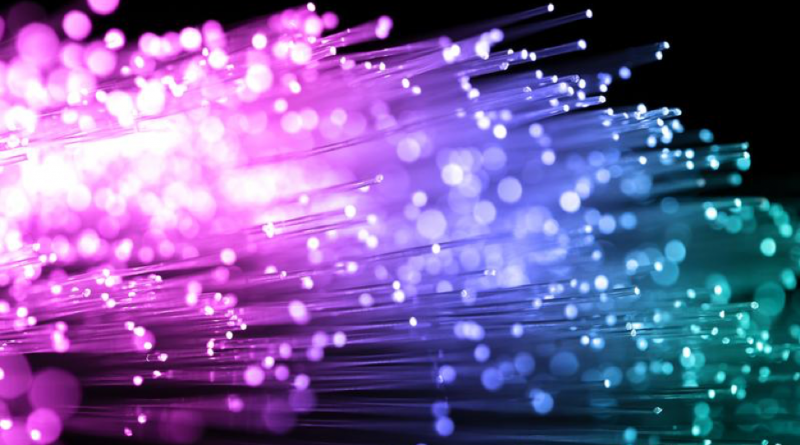How Fiber Optics Are Changing The World
In the past 40 years, tiny fiber optic cables have changed the world. Beehive Broadband describes fiber optics as “thin strands of very pure glass about the diameter of a human hair. They are arranged in bundles called fiber optic cables.” Used to convey information in the form of light, the glass strands are enclosed in an insulated casing to create a network cable used for tasks like data networking and telecommunication. Because fiber optic cables can transmit over longer distances and provide higher bandwidth than traditional wire cables, telephone and cable systems now use them all over the globe.
How Fiber Optic Cables Work
Fiber optic cables use pulses of light created by small lasers or LEDs (light-emitting diodes) to carry communication signals. The center of each strand has a core that serves as a pathway for the light. Around the core is a layer of glass that reflects light toward the core, preventing the loss of the signal and conducting light through the cable.
Advantages of Fiber Optic Cables
Fiber optic cables have several advantages over traditional copper cables:
- Extremely high bandwidth
- Greater strength and longer distance
- Less vulnerable to electromagnetic interference
- Lower security risk from hackers
- Small size
- Lightweight
- Easily upgraded bandwidth
Fiber optics, however, are not without their disadvantages. They are more fragile than metallic wire cables. They are more difficult to install, and they cost more. Although the price of installation is falling rapidly, fiber optics still need more maintenance than copper cables, and special equipment may be needed for installation, as well.
How Fiber Optics Are Used
Although their primary use is in long-distance communication, fiber optics are used in a wide range of applications. Some of the most common ones are the following:
- Cable television for HDTV
- Internet
- Computer networking
- Telephone systems
- Noninvasive dental and surgical procedures
- Mechanical inspections in inaccessible areas
- Automobile lighting and safety features
- Aerospace and defense
- Lighting fixtures and decorations
- Data storage
- Industrial wiring systems
Businesses of all sizes may benefit from the use of fiber optics, especially organizations that rely on the cloud for data storage or apps. Because fiber optic internet is many times faster than copper cables, it cuts down on expenses. Sandisk, for example, found in a study that employees lost one week of productivity each year because of slow internet connections. The application for fiber optics extends far beyond business. High-speed internet is revolutionizing how we interact online and use virtual spaces. This holds particularly true when it comes to completing your education online or working remotely.
As the cost of installing and servicing fiber optics goes down, organizations and individuals are embracing the new technology. The world is a smaller place, thanks to fiber optics.
For more technology news and how-tos, check out more of our posts here!



